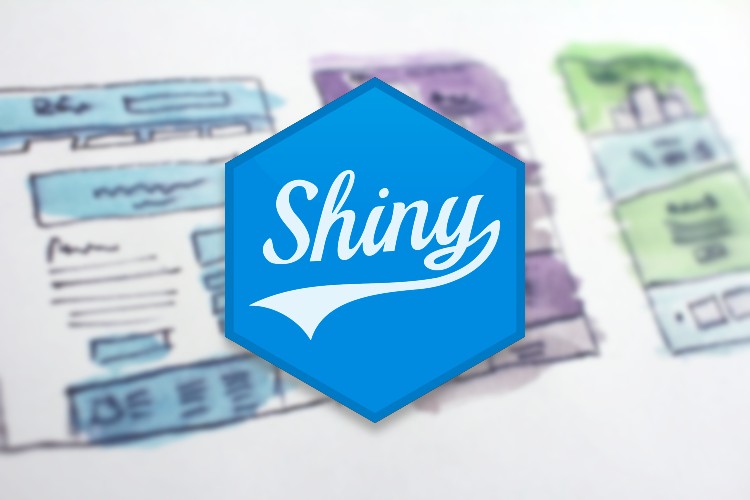Use epoxy

epoxy in Reports
Use epoxy to blend data and prose with inline templating and formatting.

epoxy in Shiny Apps
Use epoxy for reactive templating and targeted updates in Shiny apps.

epoxy in R scripts
Use epoxy in your R scripts, anywhere you've used glue.
